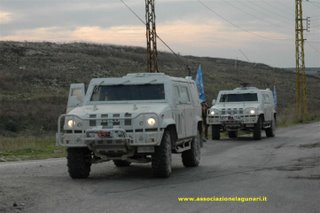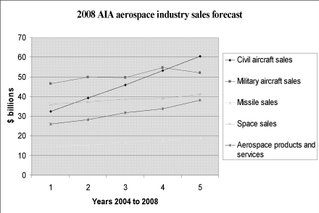The U.S. Department of Defense (DOD) is placing all of its eggs into the basket of network-centric warfare -- or the notion that everything from aircraft and warships to individual infantry soldiers should be connected on a massive military network similar to the Internet.
This idea of networking everything of military utility makes a lot of sense, if the systems are managed right, the experts pay meticulous attention to information security, and the fighting forces have sufficient network bandwidth to prevail.
You can imagine a world where the military commanders have access to every sensor on the battlefield. In theory, this approach has the potential to clear what Clausewitz called the fog of war.
There are a lot of "ifs" in network-centric warfare, and one of the biggest of them appears to be in trouble, according to a story by Andy Pasztor in The Wall Street Journal on Wednesday. It appears the Pentagon's Transformational Satellite communications system -- TSAT for short -- is headed for funding trouble in the DOD's next budget request that could have profound ramifications on the program. Writes Pasztor:
The Bush administration in February is expected to propose reducing spending on the program to about $8 billion through 2013 -- $4 billion less than the total Boeing and other contractors had anticipated a few weeks ago, according to industry officials familiar with the details. Spending plans had been slowed and stretched out in previous budget cycles, and the program's champions are fretting that it may not survive further scale backs.
The TSAT is a different animal where global communications are concerned. Its design proposes using extensive laser communications cross links among orbiting communications satellites to speed and increase the bandwidth of U.S. military satellite communications systems throughout the world.
Lasers carry tremendous amounts of information and are far less vulnerable to enemy intercepts or jamming than are their slower RF signal cousins.
It's obvious that TSAT will be expensive to develop, and that experimental failures will occur in the future. This is how scientists learn about potential problems, compensate for them, and perfect technological designs.
Starving the TSAT program of vital development money in its early stages because of development worries or potential cost overruns down the line is no way to go about this. TSAT will represent a fundamental advancement in worldwide communications and could give rise to tremendous commercial communications advantages.
Developing TSAT will be long, hard, and expensive, yet it's worth the support of the Pentagon and Congress.





